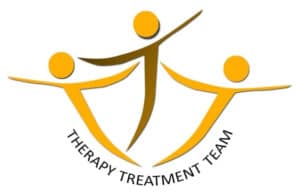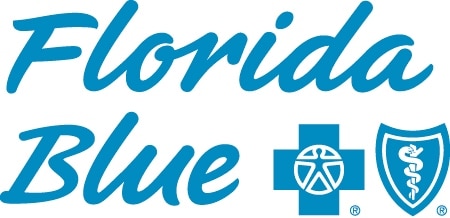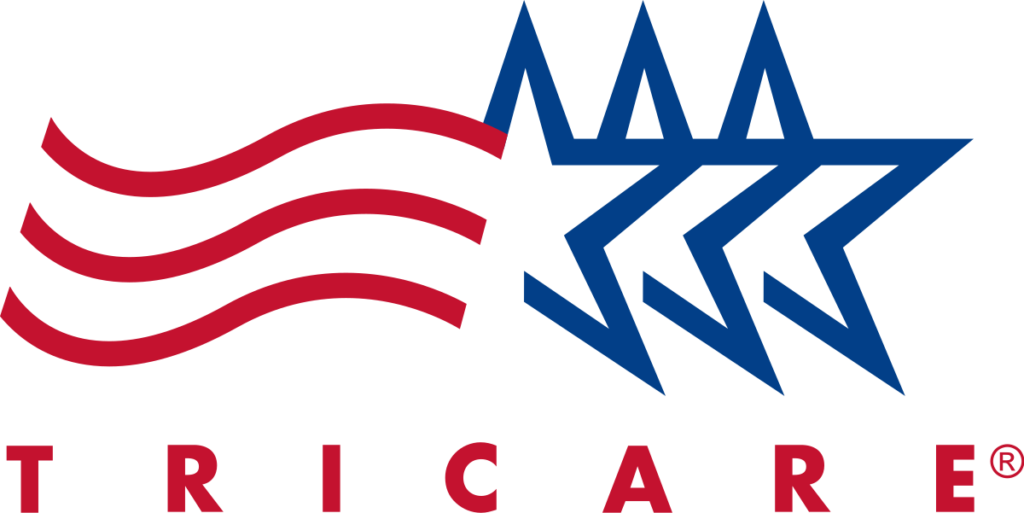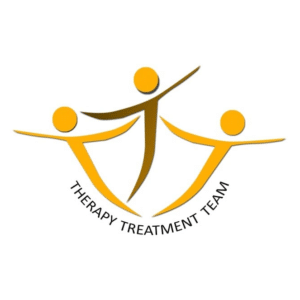In recent years, the world has experienced significant transformation, marked by a notable shift toward online platforms in various aspects of our daily lives. From education and entertainment to healthcare and professional services, the digital landscape has become an integral part of how we interact and access information. This transition has been accelerated by global events, prompting more individuals and families to embrace virtual solutions that offer both convenience and flexibility. As technology evolves, it creates new opportunities for services traditionally conducted in person, such as assessments and evaluations. One area of particular interest is giftedness testing for children, which raises important questions about the efficacy and appropriateness of these online assessments.
When considering assessments through telepractice, professionals should rely on their clinical judgment to determine if it is the right fit for each child, considering the specific referral question and the unique circumstances involved. There are situations where telehealth assessments may not be practical or suitable. It is essential to document all factors considered, the procedures followed, and the conclusions drawn, as this is a vital responsibility for every professional. Ultimately, ensuring the best outcome for each child is of the utmost importance.
I prefer to use the Wechsler Intelligence Scale for Children–Fifth Edition (WISC–V) because it adapts well to telepractice. With Q-global®, Pearson’s secure online testing platform, I can easily administer the assessment remotely. Q-global’s screen-sharing features allow me to present digital stimulus books to children, creating an interactive experience from the comfort of their homes. This approach not only keeps children comfortable but also ensures their engagement during the assessment.
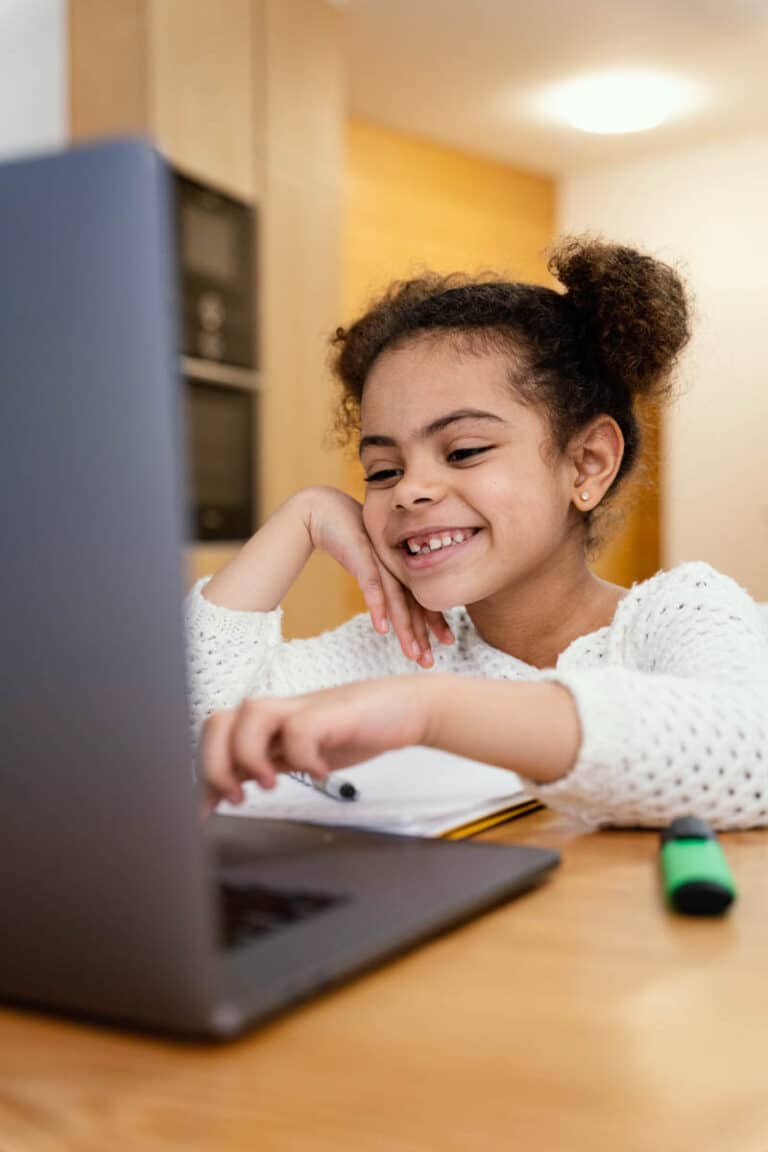
The platform simplifies scoring and reporting, making it easier for me to share results with families. If you’re interested in how this works, I recommend checking out the Q-global product page for more details. Overall, combining the WISC–V with Q-global makes remote assessments both effective and user-friendly!
This consideration is especially important for gifted students, as they often experience heightened anxiety due to their sensitivity and perfectionism. These children may feel pressure to meet high expectations, whether self-imposed or external. Gifted children and teens frequently experience intense emotions, which can lead to anxiety. While they are not necessarily more prone to mental illness than their peers, many struggle with overthinking and worry due to their heightened reactivity. This issue can occur even in supportive environments without trauma or a family history of anxiety.
Gifted children often set high standards for themselves, driven by their awareness of their abilities rather than external expectations. Many assume that academic success should come easily and feel shame when they falter. Some may give up entirely after failing, while others may become anxious and perfectionistic, believing that achievement is essential to avoid feelings of inadequacy.
Holding a virtual meeting before the testing can be an excellent way to build rapport and address any questions about the process. For children who may find it challenging due to lower cognitive skills or discomfort with technology, having assistance is perfectly acceptable. If a professional is not available, a parent or caregiver can step in to help with any technical issues while remaining in the background during the test, allowing the focus to stay on the child. Depending on the examinee’s age and the examiner’s judgment, the child can actively participate in handling some technical and administrative tasks during the assessment. It is crucial to review these responsibilities with them beforehand and again at the start of the session to ensure they feel comfortable.
I carefully consider all alternatives when deciding if a teleassessment is suitable. It is important to note that some parts of the test, such as Block Design, may not work well when administered remotely. In such cases, the examiner can substitute it with Visual Puzzles or adjust the Full-Scale IQ (FSIQ) score, ensuring that all other important scores remain available, albeit with a few exceptions. The main goal is to create a positive and supportive atmosphere for the child, even when testing occurs from a distance!

What am I looking for when determining if telepractice is appropriate for testing?
- Digital Tools: To conduct an assessment, you will need a stable internet connection and a computer equipped with high-quality audio and video capabilities, along with a web camera, microphone, and either speakers or headphones. It is recommended that both the examiner and the examinee wear over-the-head stereo headsets with a boom microphone for optimal communication. If a headset is unavailable, headphones with a built-in microphone will suffice.
- Screen Size: For teleassessments, it is best to use computer screens that are at least 15 inches in diagonal size. Smaller devices, such as iPad minis, small tablets, and smartphones, are not allowed for examinee-facing content, as they have not been tested and may interfere with how stimuli are presented, how the examinee responds, and the overall validity of the test results. Similarly, very large screens have not been studied, so the same guidelines apply.
- Possible Distractions: Ensuring a calm and distraction-free environment during testing is crucial. As the examiner, I strive to help the child feel comfortable. If I am unfamiliar with their testing space, I like to take a virtual tour during our initial meeting. This allows us to identify any potential distractions together. I will suggest simple tips to prepare the testing room, such as removing items that may divert the child’s attention, silencing any electronic devices, and closing doors. The aim is to create a cozy atmosphere where the child can focus and perform at their best!
During the initial virtual meeting, we will review audiovisual requirements, and I can try to provide training to troubleshoot any technical issues, such as camera angles, lighting, and audio quality. Verbal feedback should guide camera adjustments, and the examiner must emphasize that no test materials (ex., response booklet) should be accessed until instructed.
I will also ensure that the examinee is well-rested and ready to participate fully. If a facilitator is involved, the examiner should clarify their role. It is essential to inform examinees and their caregivers that recording, photographing, or copying test materials is prohibited. The examinee must agree to these terms, and any test-related materials must be returned to the examiner.
Since the test was not standardized for telepractice, the results should be interpreted cautiously, considering multiple data sources. However, telepractice offers a flexible way to provide assessments and support, especially for children dealing with anxiety and perfectionism. It allows parents to schedule sessions that fit their busy lives, and children can participate from the comfort of their homes.
Even if your child is not highly anxious, a virtual school psychologist can tailor their approach to meet your child’s specific needs. They can offer guidance to both the child and the parents. Virtual assessments create a safe space for children to open up and thrive, ensuring their emotional well-being while helping them showcase their true cognitive abilities.
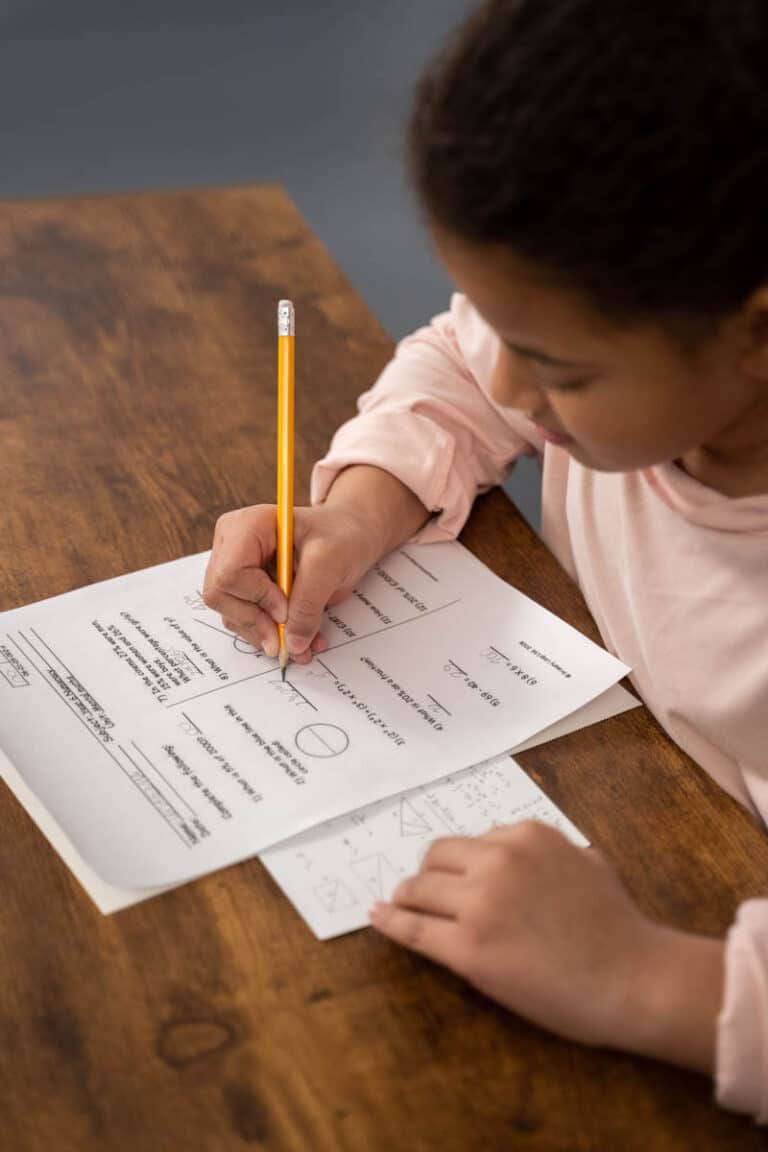

Lisa Perez
Ed.S., Licensed School Psychologist
I am Lisa Perez, Ed.S., a Certified School Psychologist through the Florida Department of Education and a Licensed School Psychologist through the Florida Department of Health, as well as the Board of Behavioral Sciences in California. With 8 years of experience working with school-age children from Pre-K through 12th grade (ages 3 to 22) in Florida and California, I bring a wealth of knowledge to my practice.
